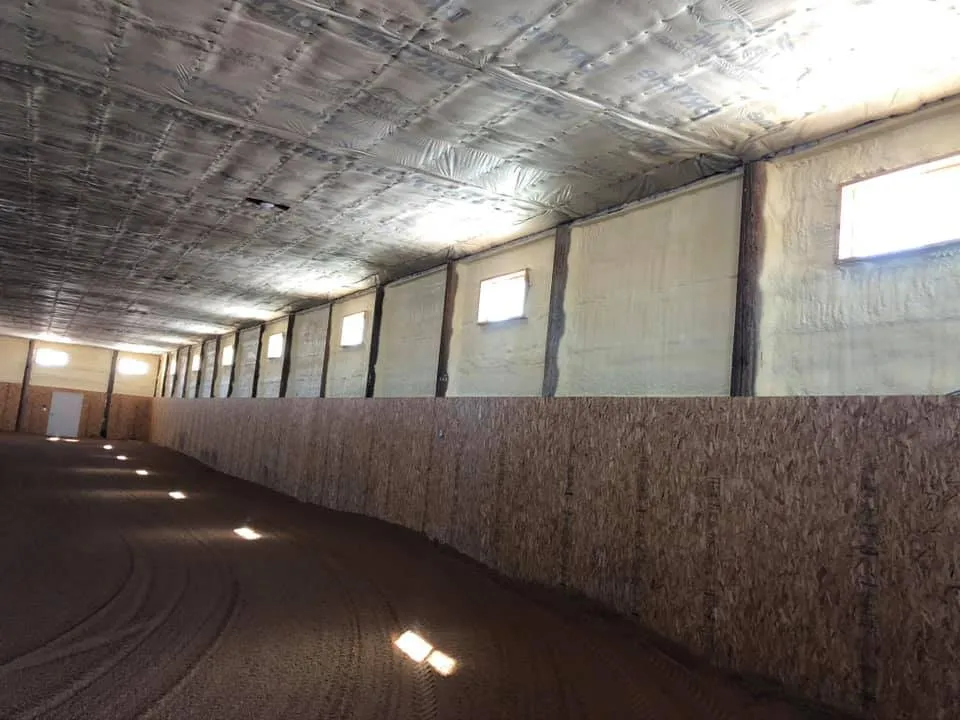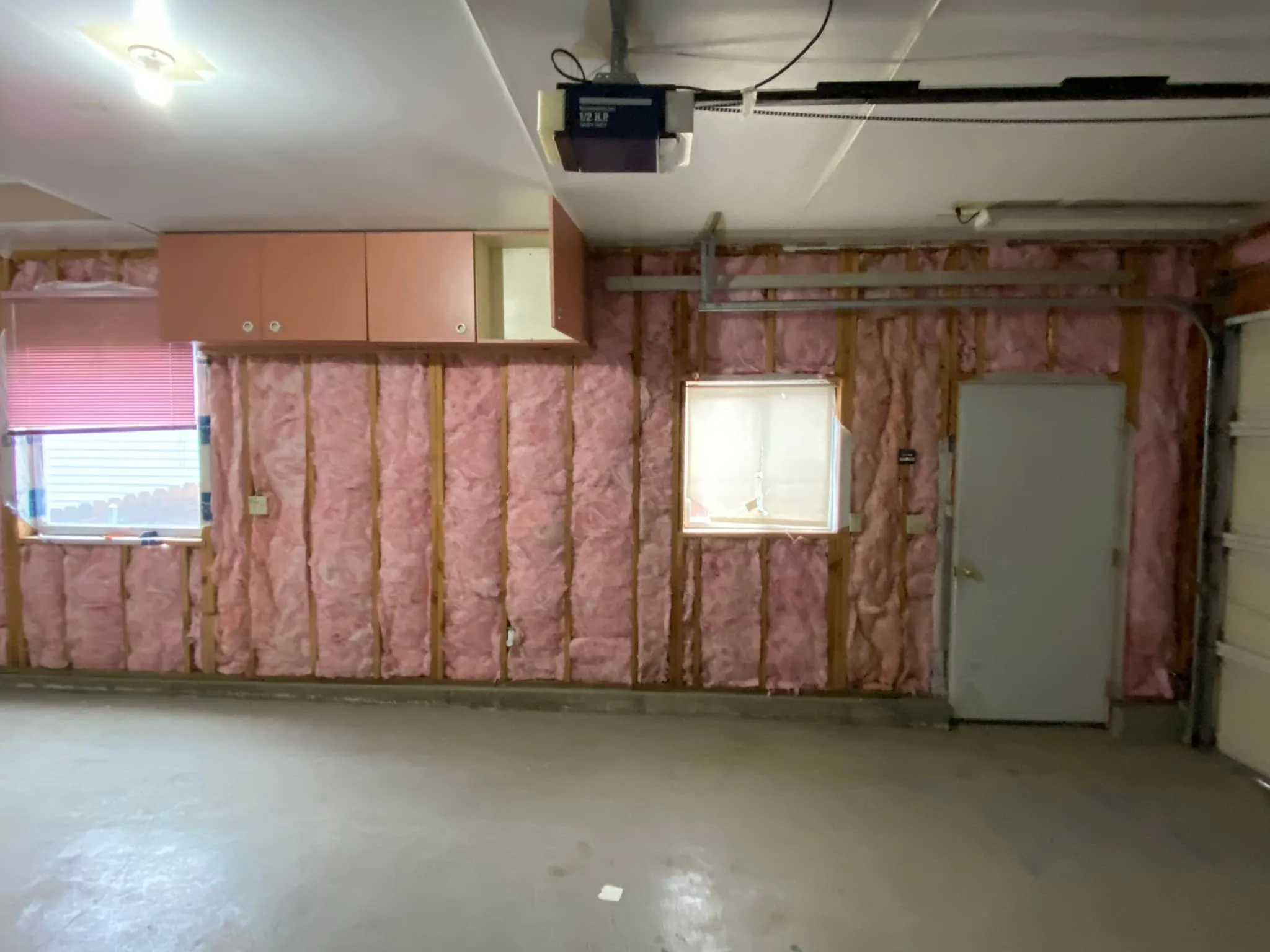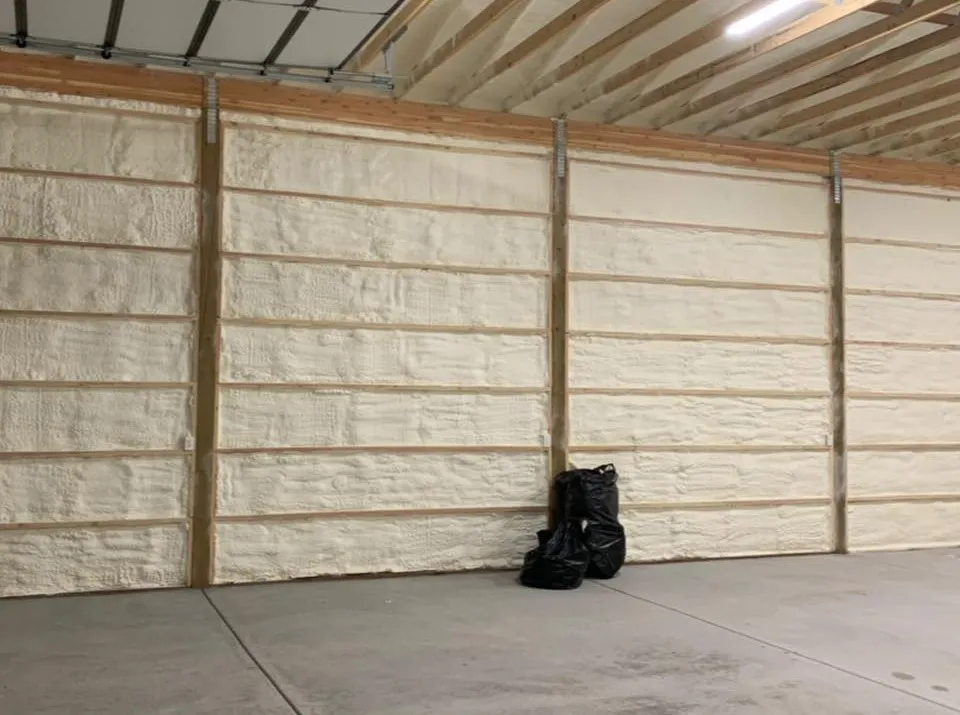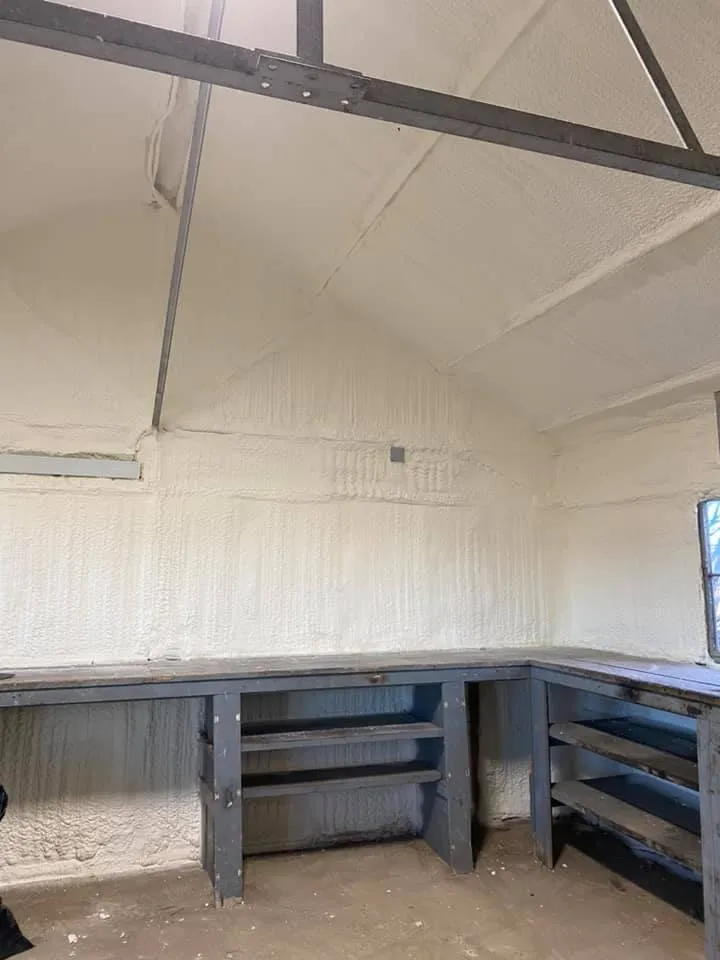

When deciding between spray foam and fiberglass insulation, the main difference comes down to performance in air sealing and thermal resistance. Spray foam—both open-cell and closed-cell forms an air barrier that reduces drafts and improves energy efficiency more effectively than fiberglass. Fiberglass remains a cost-effective choice for large areas but offers less air sealing capability. In climates with wide temperature swings, spray foam often delivers better year-round comfort and efficiency.
This guide compares both options using field experience and verified performance data, providing the technical and practical insight needed for an informed choice.
| Feature | Spray Foam (Open & Closed Cell) | Fiberglass Batt or Loose Fill |
|---|---|---|
| Air Sealing | Creates continuous air barrier | Minimal air sealing, requires vapor barrier |
| R-Value per Inch | Open-cell: ~R-3.5 to R-3.8 Closed-cell: \~R-6.0 to R-7.0 | ~R-2.9 to R-3.8 |
| Moisture Resistance | Closed-cell resists water absorption | Absorbs moisture, can lose R-value |
| Installation Method | Sprayed directly into cavities, expands to fill gaps | Cut and fitted between studs or blown into attic spaces |
| Longevity | 20–30+ years with minimal degradation | 10–25 years, may settle or shift |
| Sound Dampening | Open-cell offers superior sound absorption | Moderate sound control |
| Climate Suitability | Performs well in extreme hot and cold regions | Works best in moderate climates |
Source: U.S. Department of Energy – Building Technologies Office
| Property | Open-Cell Spray Foam | Closed-Cell Spray Foam | Fiberglass |
|---|---|---|---|
| R-Value per Inch | 3.5–3.8 | 6.0–7.0 | 2.9–3.8 |
| Vapor Permeability | High (perm rating > 10) | Low (perm rating ~1) | High |
| Compressive Strength | Low | High (~25 psi) | Low |
| Expansion Rate | ~100x liquid volume | ~30x liquid volume | N/A |
| Density | 0.5 lb/ft³ | 2.0 lb/ft³ | ~0.5–1.0 lb/ft³ |
In cold mountain climates, closed-cell spray foam often outperforms fiberglass by reducing heat loss and blocking moisture infiltration. Open-cell spray foam can be effective for interior applications where sound control is a priority. Fiberglass remains a good option for moderate climates with lower humidity levels.
Bonus Tip: In high-altitude locations, air pressure differences can increase unwanted air movement. Spray foam’s sealing ability helps minimize these effects.
Bonus Tip: Always confirm R-value requirements for your specific climate zone using the DOE Climate Zone Map.

Spray foam can sometimes be applied over existing insulation, but removal ensures the best air seal.
Closed-cell foam generally does not; open-cell often requires one in cold climates.
Yes, hybrid approaches can be used for budget and performance balance.
Fiberglass may lose some efficiency after 10–15 years; spray foam maintains performance longer.
Spray foam provides higher performance in air sealing, moisture control, and R-value per inch. Fiberglass remains a practical, affordable option in certain applications. Climate, building design, and long-term maintenance goals determine the better fit.
For professional evaluation and installation options suited to your building and climate, contact High Country Solutions at [email protected] or call (307) 248-9063.
Spray foam reduces infiltration of outdoor pollutants. Fiberglass allows more airflow unless paired with air sealing.
Closed-cell spray foams now use blowing agents with lower global warming potential. Fiberglass uses recycled glass but requires more energy for heating and cooling over time.
Spray foam repairs require reapplication to affected areas. Fiberglass can be replaced in sections.
Energy-efficient insulation can be a selling point, especially in areas with high utility costs.


